Phone: (714) 695-1566
Fax: (714) 695-1553
Email: info@salinaspt.com
23655 Via Del Rio, Suite C
Yorba Linda, CA 92887
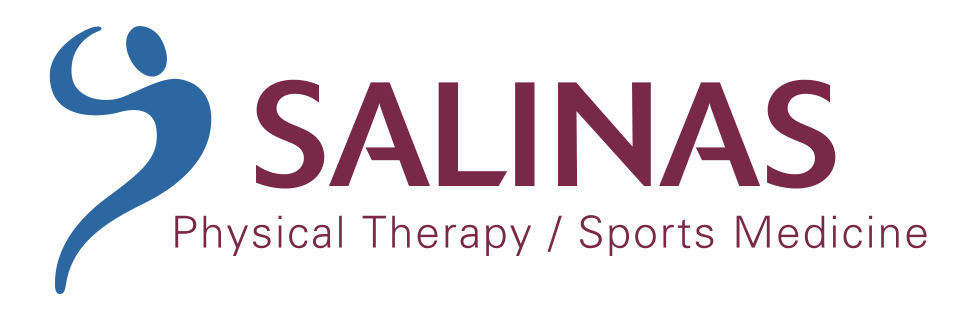
Phone: (714) 695-1566
Fax: (714) 695-1553
Email: info@salinaspt.com
23655 Via Del Rio, Suite C
Yorba Linda, CA 92887
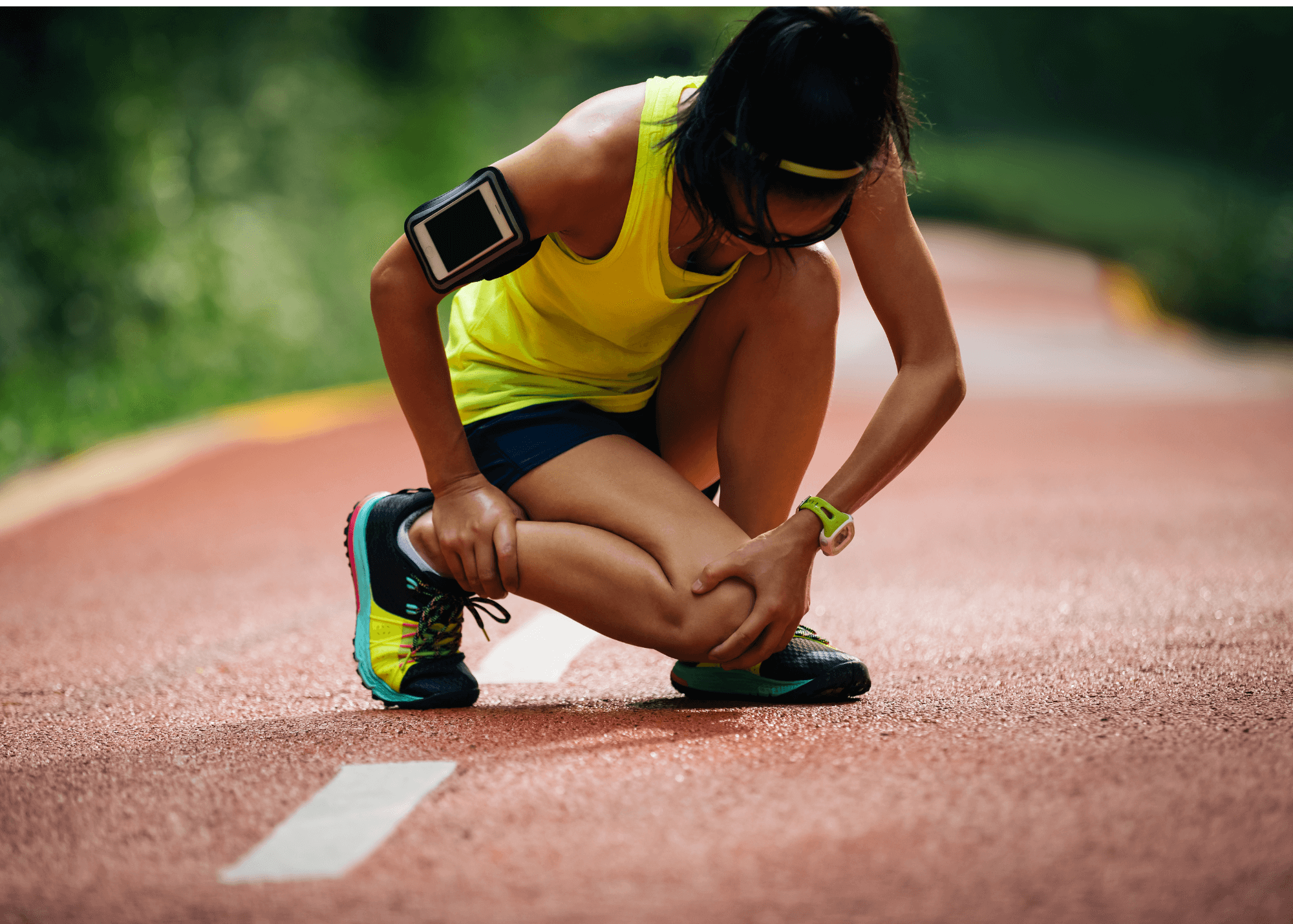
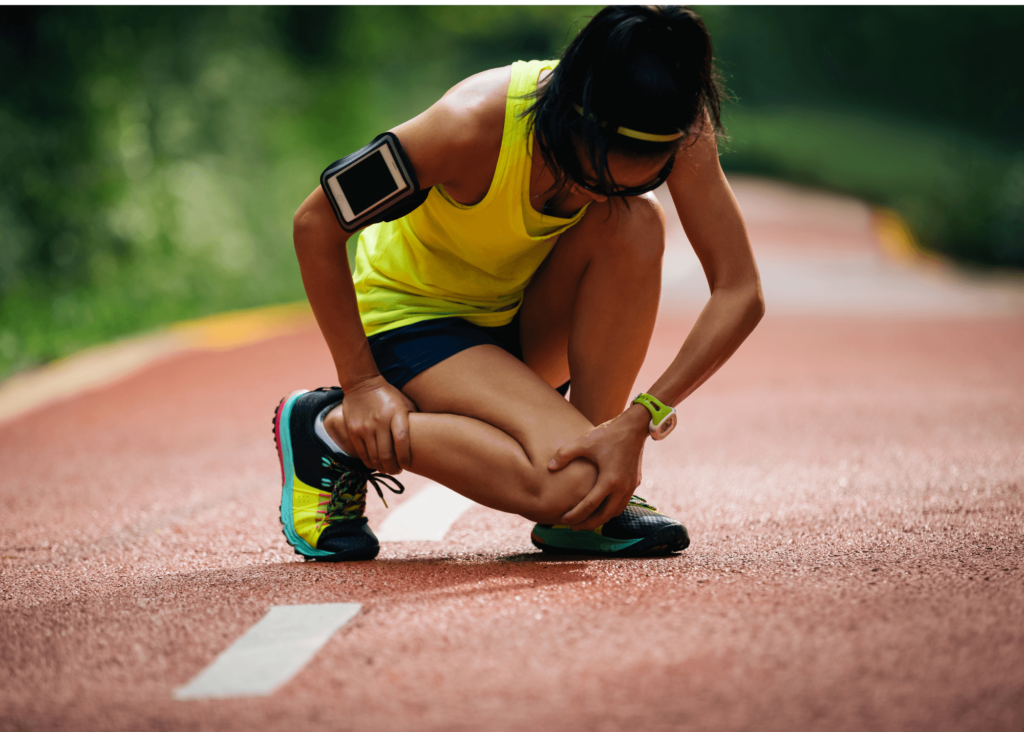
Knee injuries are common among athletes and physically active people. The knee joint consists of cartilage, menisci, and major ligaments such as the ACL and MCL. The ACL is the most commonly injured ligament in the knee, accounting for almost half of all knee injuries. [1]
Even more staggering, athletes between the ages of 10 and 25 years who returned to a pivoting or cutting sport after ACL reconstruction (ACLR) were 15 times more likely to sustain a second ACL injury in the first 12 months than a previously uninjured athlete. [1] This article covers how these injuries happen, physical therapy treatment, and prevention strategies.
The knee joint is the largest in the human body and arguably undergoes the most stress. One of the most common knee injuries we see in the clinic involves the Anterior Cruciate Ligament (ACL). Knee joints provide the ability to walk, run and jump, all while supporting your body to maintain overall balance. There are four primary ligaments that synchronize to stabilize the knee:
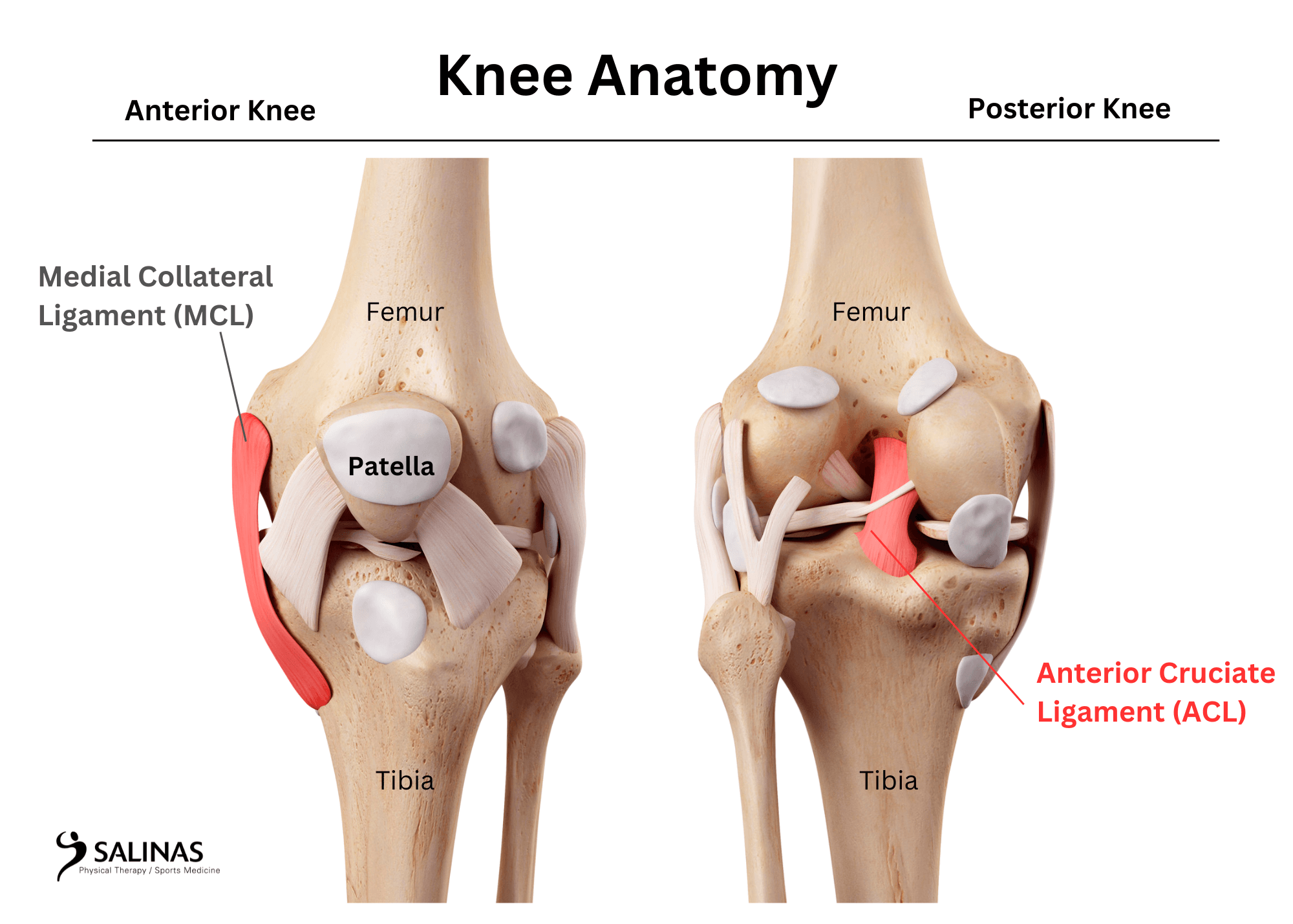
Up to 400,000 ACLs are reconstructed annually in the United States. ACL injuries are highly prevalent, especially in sports that involve cutting, pivoting and jumping. Most people complain of hearing and feeling a sudden “pop” associated with deep knee pain. Other reported symptoms include swelling, the knee giving way, difficulty ambulating, and reduced knee range of motion. [1]
ACL tears are common in athletes by contact and non-contact mechanisms. Contact mechanisms examples car accidents, football tackles. Non-contact mechanisms include landing, decelerating and pivoting. Athletes most at risk for non-contact ACL tears are skiers, soccer players, and basketball players. For contact ACL tears, football players tend to be most at risk for contact ACL tears. [2]
Knee injuries come in all shapes and sizes. There is no bias, however studies suggest that women are at an increased risk of ACL injury at a rate of 4.5 to 1. [1] The same research indicates that females may have an increased risk due to weaker hamstrings, preferential recruitment of the quadriceps while decelerating, and weaker core strength.
Other risk factors that increase the risk of injury includes body mass index, a smaller femoral notch, femoral notch impingement, smaller ACL, hypermobility, joint laxity, and previous ACL injury [1]
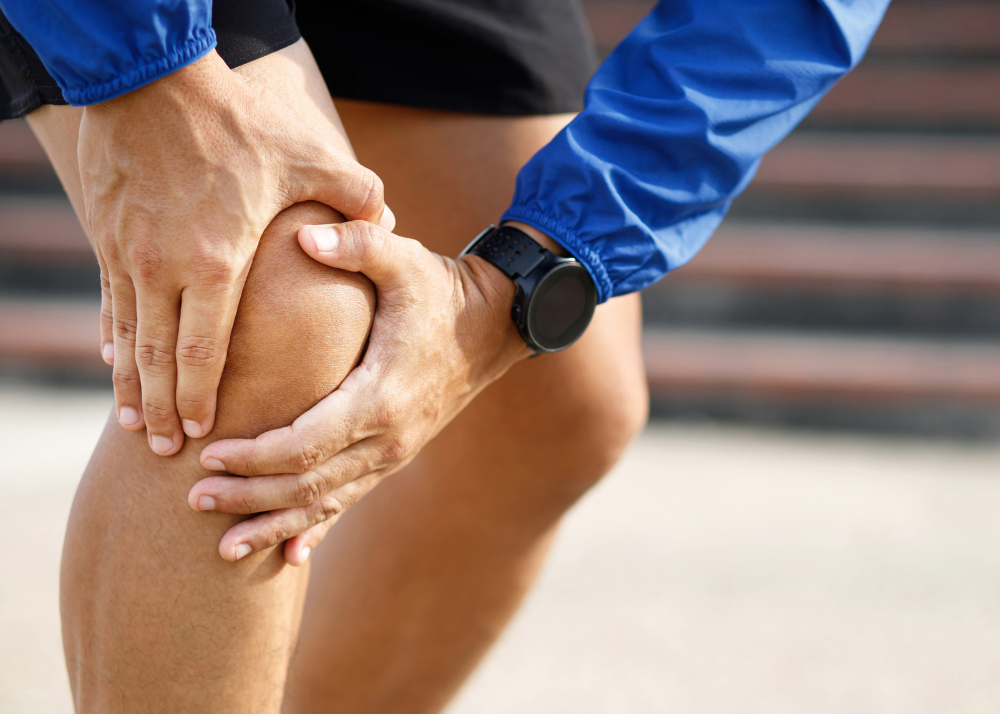
ACL management can be complex. Early physical therapy treatment is the best way to restore range of motion and rebuild muscle strength during the recovery process. Generally speaking, ACL injuries receive a grading according to their level of severity that will guide the rehabilitative process.
There are two options for ACL rehabilitation, Surgical and Nonsurgical. Non-surgical methods are typically reserved for Grade 1 and some Grade 2 injuries. Although Grade 3 injuries can be managed without surgical intervention, most will undergo reconstructive surgery.
For low-grade ACL injuries, non-surgical treatment involves physical therapy and activity modification. The goal of physical therapy is to maintain range of motion and rebuild the muscle strength while protecting the injured tendon. Physical therapists are experts at prescribing exercise programs that target specific muscle groups while protecting the healing tissue.
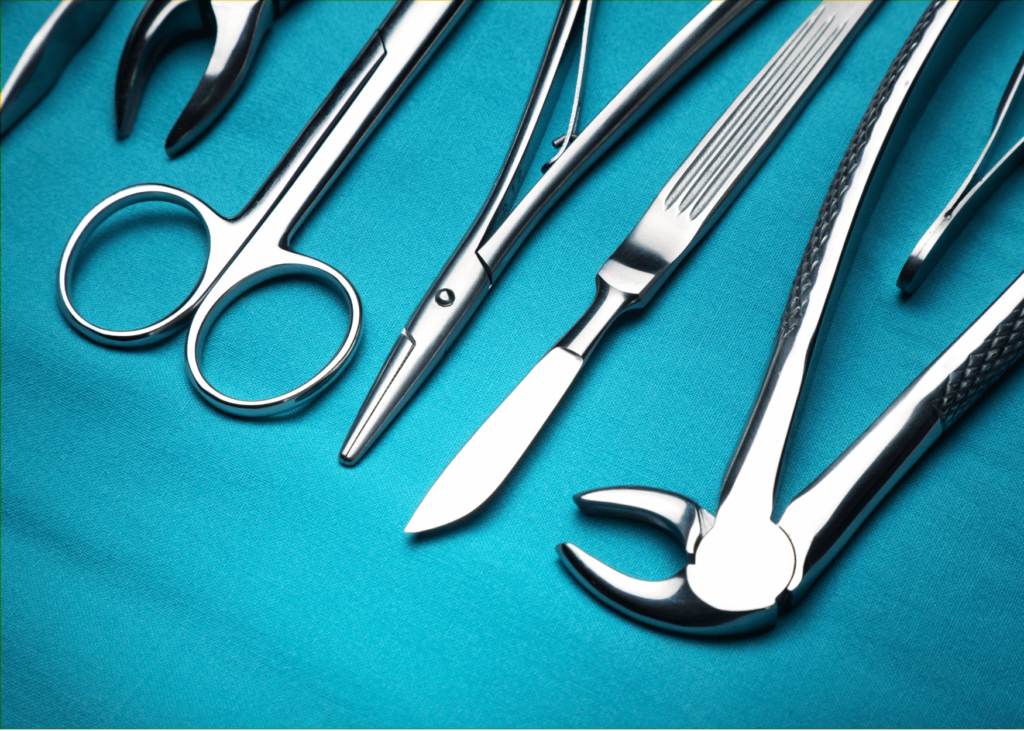
After an ACL has torn, attempts to surgically repair the existing tendon have a low success rate. [3] ACL’s that have been replaced or reconstructed with another tendon have shown better results. There are several options when reconstructing an ACL and the procedure may vary from patient to patient depending on the surgeons’s preference or factors specific to the patient’s goals.
Small arthroscopic incisions are made to the knee and a tendon graft is taken from the patellar tendon or hamstring tendon. Surgeons will drill a hole in the femur and tibia that allows the new grafted tendon to be anchored. The graft is secured in this position with a screw, staples, or sutures that are typically left in place.
The recovery process for ACL injuries varies on several factors and recovery can be broken down into phases. The initial phase involves controlling pain and swelling of the knee while restoring range of motion and muscle activation. During this phase, Blood Flow Restriction Therapy is an effective tool for building muscle strength under low-weighted exercise.
Once the injured tissue is healed, patients begin to normalize their gait pattern and slowly progress into functional training phases. Depending on the patients goals, additional phases may be implemented to meet the demands of their sport or desired activity level. Here’s a brief overview:
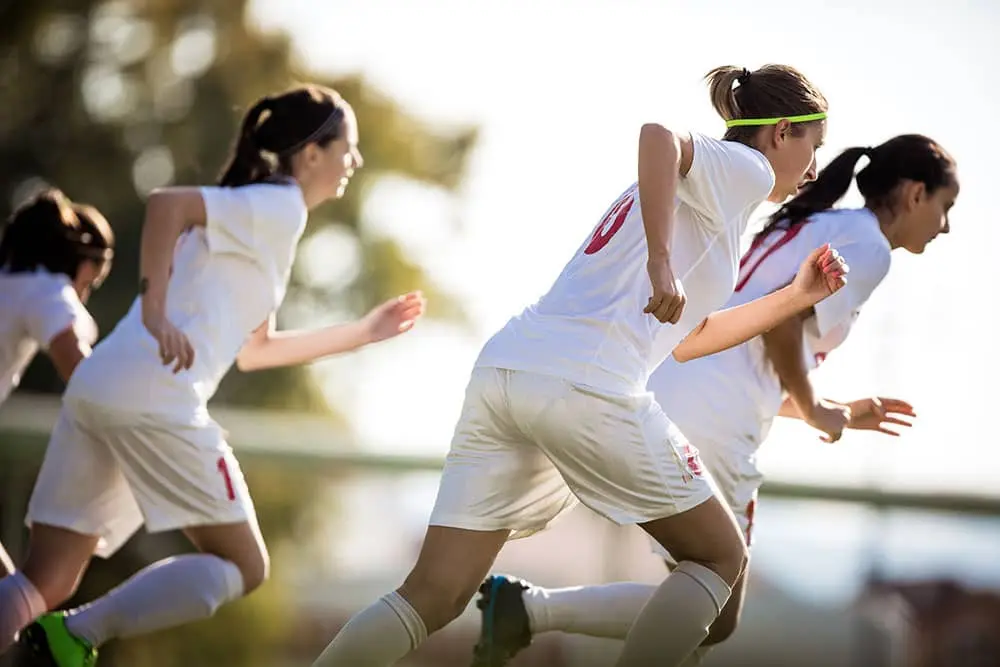
Knee injuries are common, but they are not normal. Marked weakness, improper mechanics, body mass index, joint laxity, and other factors can all contribute to the risk of suffering an ACL injury. As physical therapists, we feel one of best forms of prevention is patient education.
A solid foundation of strength is vital to reducing the risk of injury. Your quadriceps, hamstrings, glutes, and core muscles act as stabilizers to the knee joint. Having strength in these areas is your first step towards providing the support your knee requires.
Once muscle capacity has improved, dynamic stability can be is introduced through guided exercise. This can include proper landing, cutting, jumping, and pivoting techniques. Physical therapists are inherently trained to identify imbalances, or errors in technique that may put you at risk. Exercise programs are then implemented to address deficiencies and improve overall performance.
If you’ve suffered from knee pain, or a knee injury you understand how devastating it can be. Mobility can be limited and the pain can be unbearable. If you’re suffering from a knee injury or just looking to get more education, contact us to get started.
In Good Health,
-The Salinas Team
References:
[1] Paterno MV. Incidence and Predictors of Second Anterior Cruciate Ligament Injury After Primary Reconstruction and Return to Sport. J Athl Train. 2015;50(10): 1097-1099. doi 10.4085/1062-6050-50.10.07
[2] Evans J, Mabrouk A, Neilson Jl. Anterior Cruciate Ligament Knee Injury. [Updated 2023 Nov. 17]. In: StatPearls [Internet]. Treasure Island (FL): StatPearls Publishing; 2024 Jan-. Available from: https://www.ncbi.nlm.nih.gov/books/NBK499848/
[3] https://www.hopkinsmedicine.org/health/treatment-tests-and-therapies/acl-tear-treatment-and-reconstruction (last accessed 6/18/24)
Disclaimer: The information provided on SalinasPT’s website is for general informational purposes only and should not be considered a substitute for professional medical advice. We strive to ensure the accuracy and timeliness of the information. By using this website, you acknowledge that you assume full responsibility for any actions taken based on the information provided, and we disclaim all liability for any damages or consequences resulting from such actions. Always consult a qualified healthcare professional for personalized medical advice and treatment.